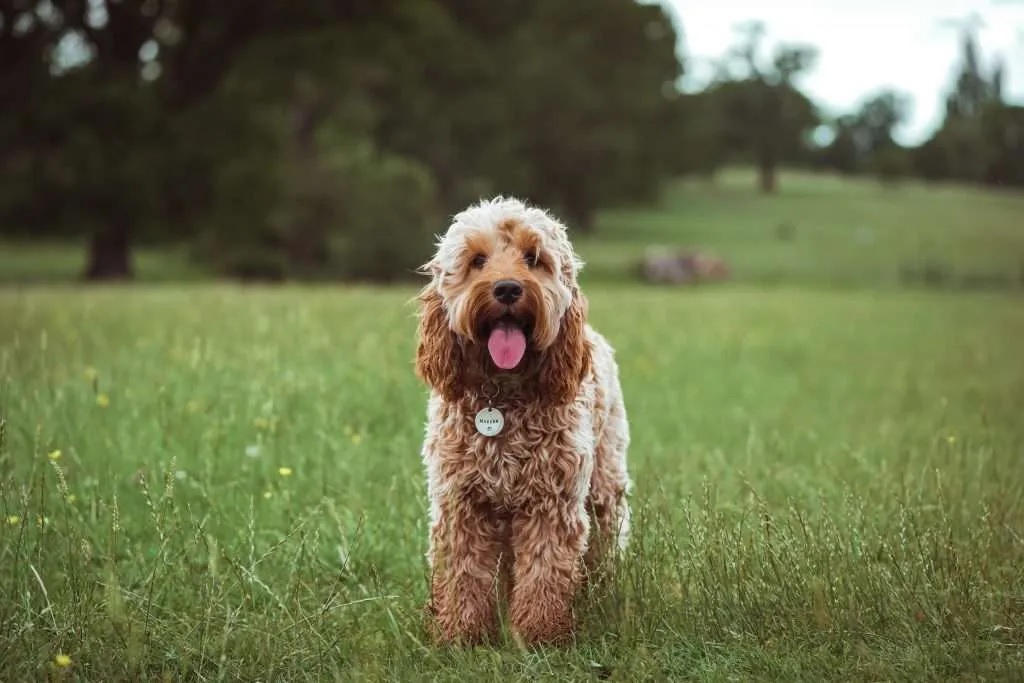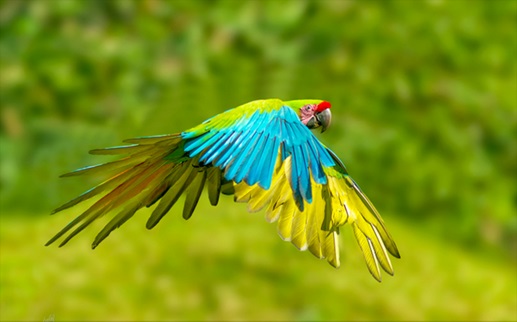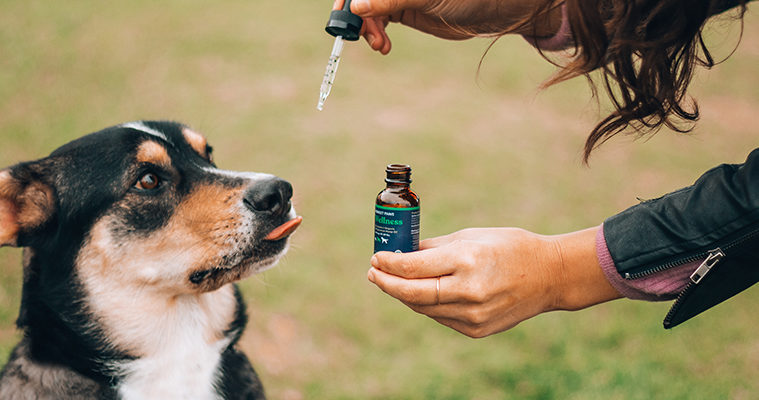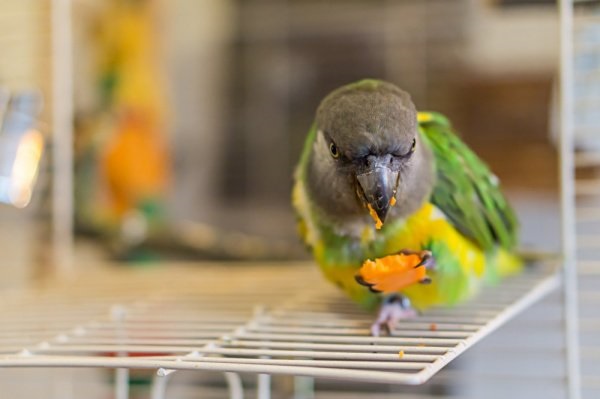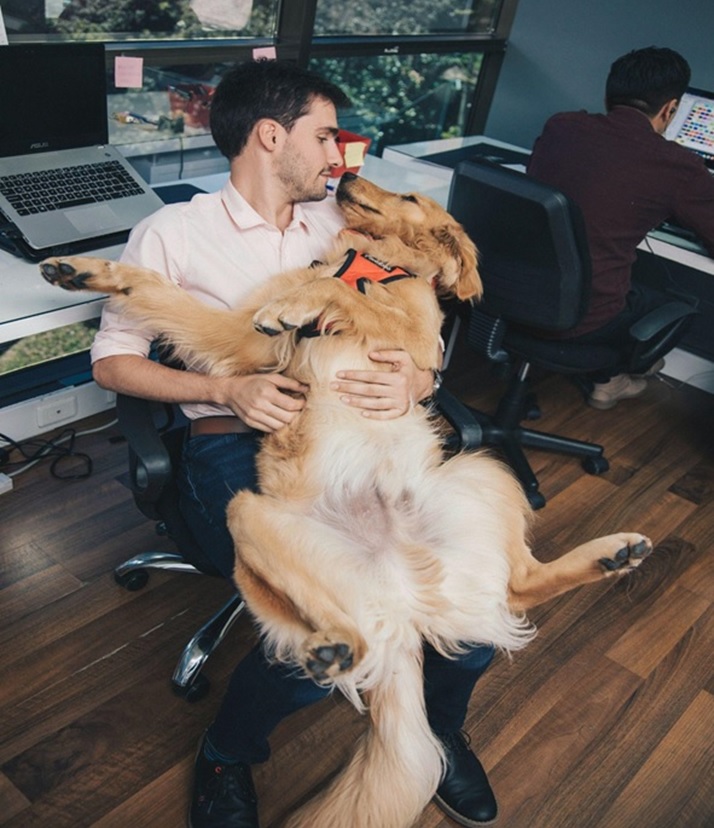Navigating the Challenges of Adolescent Dogs: Strategies for Smooth Transitioning

The adolescent phase in dogs, often spanning from six months to two years of age, is a critical period filled with changes and challenges. Much like human teenagers, adolescent dogs undergo significant hormonal changes, experience new emotions, and exhibit a sense of independence that can often be misinterpreted as disobedience. For many, this phase highlights the importance of foundational lessons from dog obedience training in Scotland, ensuring the principles ingrained in their puppyhood carry through this tumultuous period. Understanding and effectively navigating this phase can profoundly impact the bond you share with your canine companion and their long-term behaviour.
The Rollercoaster of Adolescence: What to Expect
During adolescence, your once compliant puppy may start to push boundaries, showcasing behaviours such as selective listening, increased distractibility, and sporadic bouts of energy often termed ‘zoomies’. This phase, marked by the dog’s sexual maturity, is also when they establish a more complex social understanding of their environment.
It’s not uncommon for adolescent dogs to exhibit fear responses to stimuli they were previously comfortable with. This ‘second fear phase‘ is a normal part of development, though it can be disconcerting for owners. Consistency in response, maintaining a calm demeanour, and positive reinforcement are key in helping your dog navigate this phase confidently, ensuring temporary fears don’t transform into lifelong phobias.
Consistency is Key: Maintaining Established Routines
Adolescent dogs thrive on consistency. During this stage, it’s crucial to uphold the rules and routines established early on, as relaxing them can lead to confusion and unwanted behaviours. If your dog has been trained not to jump on furniture, for instance, allowing them to do so ‘just for tonight’ can send mixed signals.

Similarly, continuing with established feeding, walking, and playtime schedules is vital. Routine provides comfort during this change-filled time. While your dog tests boundaries, knowing certain aspects of their life remain constant creates a sense of security, helping mitigate some of the unpredictability in their behaviour.
Positive Reinforcement: Encouraging Desirable Behaviours
While it might seem that your adolescent dog has forgotten the training they received as a puppy, rest assured, they haven’t. They’re simply exploring their boundaries. This exploration is a healthy part of growing up but requires patience and guidance. Utilising positive reinforcement techniques, such as treats, praise, or play for displaying desirable behaviour, is more effective than punishment for unwanted behaviour.
Remember, adolescent dogs can be particularly sensitive to negative experiences. Harsh reprimands or physical punishments can harm your relationship and their trust in you. Instead, focus on encouraging the behaviours you want to see, providing clear and consistent rewards when they exhibit these behaviours.
Patience and Understanding: Building a Trusting Relationship
Navigating your dog’s adolescence requires a healthy dose of patience. There will be days when it seems like your dog is intentionally not listening or has forgotten all their training. Understand that, much like human adolescents, they’re experiencing a whirlwind of changes and aren’t acting out of defiance.
During this time, continue to build a relationship of trust and mutual respect. Engage in activities your dog enjoys, be it fetch, hiking, or agility training. These shared positive experiences can strengthen your bond, ensuring your dog sees you as a source of positivity and leadership.

Navigating the adolescent phase of your dog’s life might be challenging, but it’s also incredibly rewarding. It’s a time that can forge an unbreakable bond between you and your pet, built on mutual trust, respect, and understanding. By maintaining consistency, employing positive reinforcement, and showing patience, you’re guiding your furry friend through one of the most complex phases of their development. And while it may test your limits at times, the lifelong companionship you’re nurturing is well worth the effort.


